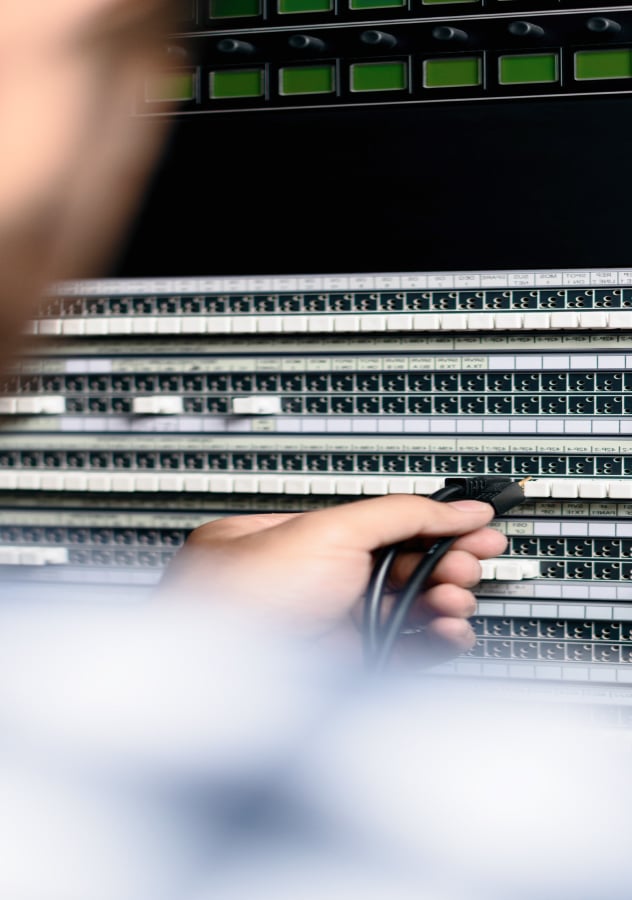
SIP Trunking Solutions for Restaurants & Hospitality
| Feature | Legacy Phone Lines | SIP Trunking with DIDlogic |
|---|---|---|
| Monthly Cost | Fixed, high rental fees | Pay-as-you-go, usage-based |
| Scalability | Add physical lines (slow, costly) | Instant channel scaling |
| Call Quality | Analog, limited | HD voice, low latency |
| Multi-Location Support | Separate lines per branch | Centralized across all outlets |
| International Numbers | Limited availability | 150+ countries |
| Reliability | Single point of failure | Redundant routing, failover |
Sign up with DIDlogic to explore SIP trunking and pricing instantly or talk to our sales team for a tailored setup.
How DIDlogic Powers Restaurant Communication
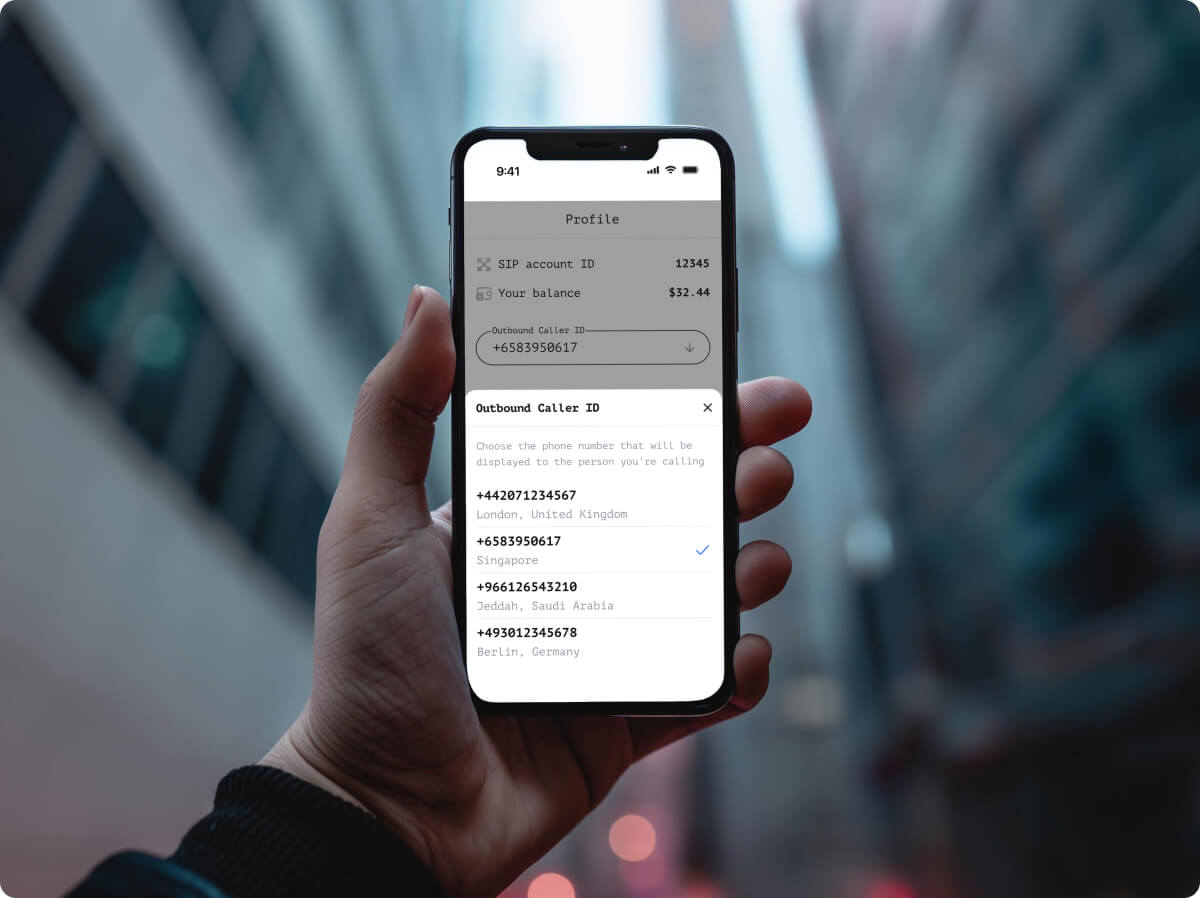
Restaurant Features That Matter Most
Implementation: Switching Your Restaurant to SIP Trunking
PBX compatibility (on-prem or cloud like 3CX/FreePBX).
Firewall/router configured for SIP.
If you already run VoIP, you’re SIP-ready.
Provision trunks and configure with PBX.
Test calls to reservation, delivery, and management lines.
Most restaurants switch in days, not weeks.
Integrate with reservation and ordering systems.
Access DIDlogic support for smooth onboarding.
Staff stay focused on service while your calls scale up.
FAQs
Do small restaurants benefit as much as large chains?
Absolutely, and perhaps more than you’d expect. SIP trunking helps single-location restaurants cut traditional phone bills significantly, sometimes by 40% or more, depending on your current setup. You’re paying only for what you actually use rather than maintaining costly copper lines that sit idle most of the day. The same technology scales beautifully if you grow into multiple locations, but you don’t need ten branches to see real savings. Small bistros and cafes benefit immediately from lower monthly costs, better call quality, and flexible features like after-hours routing or voicemail-to-email. It’s not just for big franchises anymore. In fact, smaller operations often see proportionally bigger savings because they’re escaping outdated phone contracts that were never designed for their actual needs.
How many SIP channels does a typical restaurant need?
It really depends on your peak call volume, and honestly, most restaurants underestimate this at first. A cozy neighborhood bistro might get by with 2–4 channels, handling reservations and takeout orders without trouble during normal hours. Busier spots, especially those with delivery services or multiple phone lines for different departments, often need 8–12 channels to avoid callers hitting busy signals. Large franchises or high-traffic locations during Friday dinner rush? They may run 20 or more channels simultaneously. The good news is you can start small and add capacity as needed without hardware changes. Think about your busiest hour on a Saturday night and build from there. It’s better to have a bit of headroom than to lose orders because lines are tied up.
What happens if the internet goes down?
That’s a valid concern, but DIDlogic has failover built in, which is basically your insurance policy. If your internet connection drops unexpectedly, the system automatically reroutes incoming calls to mobile phones or backup lines you’ve designated in advance. Reservations still come through, delivery orders don’t vanish into the void, and customers won’t hear endless busy signals or dead air. Most restaurants set failover to forward calls to a manager’s cell phone or a secondary location if they have one. It’s essentially a safety net that kicks in within seconds. Obviously, reliable internet is still your best bet for consistent service, but the failover feature means you’re not completely dead in the water during outages. Some restaurants even use 4G backup connections for extra redundancy.
Is SIP trunking secure for payment and delivery details?
Yes, security is baked into the system from the ground up. DIDlogic supports encryption protocols, things like TLS and SRTP, that protect voice data while it travels over the internet, making eavesdropping extremely difficult for bad actors. Fraud detection tools monitor for unusual calling patterns, like suspicious international calls or toll fraud attempts that sometimes target restaurant phone systems. Obviously, you still want secure payment processing on your end when handling credit cards, but the voice channel itself is protected. Customer addresses and card details shared over the phone are safer than many people assume with modern SIP infrastructure. It’s not bulletproof, nothing ever is, but it’s considerably more secure than old analog lines, which could be tapped with basic equipment. Encryption makes interception far more complicated.
How long does setup take?
If your restaurant already has a compatible PBX system, you’re looking at a few days for most setups, though it varies a bit. Number porting, moving your existing phone numbers over to the new system, is usually the longest part, but even that typically wraps up within 3–5 business days in most regions. Brand-new installations without existing equipment might take a bit longer, maybe a week or so depending on complexity. DIDlogic handles most of the technical heavy lifting remotely, so you’re not dealing with technicians camping out in your back office for days. You’ll need to coordinate with your internet provider if bandwidth is tight, but setup isn’t the weeks-long ordeal it once was. Most restaurants stay operational throughout the transition, which is important when you can’t afford downtime.
Can SIP trunks scale during holidays or promotions?
Yes, and this is where cloud-based systems really shine compared to old phone setups. You can add extra channels for Valentine’s Day rush or Christmas party bookings, then scale back down in January when things inevitably slow. No truck roll, no new hardware installation, just adjust capacity through your provider dashboard or with a quick call to support. Same goes for big delivery campaigns or local events that spike your call volume temporarily, like when you’re running a two-for-one special that gets advertised on local radio. You’re paying only for what you need, when you need it, rather than over-provisioning year-round for occasional busy periods. Some restaurants double their channels for Mother’s Day weekend and drop back to normal by Tuesday. It’s flexible in ways traditional phone lines never were.



